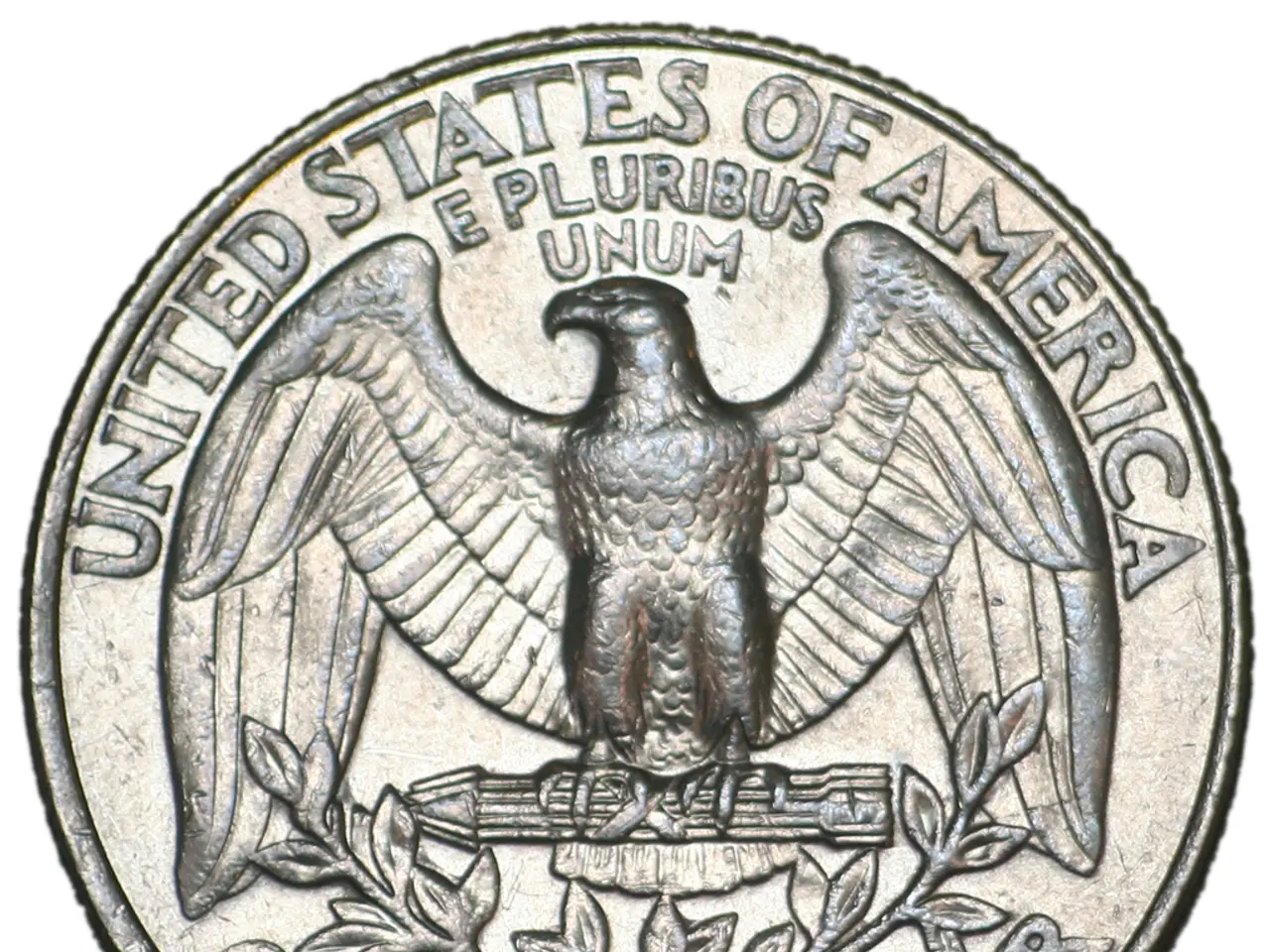Dramatic Decline in Copper Prices Prompted by Announcement from the White House
The White House has announced a significant shift in U.S. trade policy, imposing a 50% tariff on semi-finished copper products, effective August 1, 2025. This move, aimed at protecting and strengthening the U.S. copper industry, is part of an effort to address a perceived national security threat from imports under Section 232 of the Trade Expansion Act of 1962.
Impact on the Copper Market
The tariff applies to copper pipes, wires, rods, sheets, tubes, and copper-intensive derivative products like pipe fittings, cables, and electrical components. However, imported copper input materials and copper scrap are excluded, limiting disruption to raw material supply chains. The high tariff is expected to significantly increase the cost of imported copper semi-finished products and derivatives, potentially reducing import volumes or shifting supply chains towards domestic producers or other countries not subject to tariffs.
Impact on U.S. Copper Producers
The tariffs are designed to bolster the domestic copper industry's competitiveness by making imported copper products more expensive, encouraging buyers to source domestically. The administration is also using the Defense Production Act to require a portion of high-quality copper scrap produced in the U.S. to be sold domestically, improving feedstock availability for U.S. fabricators and refiners. This policy could support domestic jobs and production capacity in copper fabrication and derivative manufacturing, reducing dependency on foreign copper semi-finished goods.
Market and Trade Considerations
The tariffs might disrupt existing trade flows and supply chains in the copper market, causing trade tensions and adjustments for industries relying on these imports. There is a process to possibly add more derivative copper products under the tariff scope, which may expand the tariff’s reach over time. The tariffs do not stack with other Section 232 tariffs on autos, ensuring some limitation on cumulative tariff burdens on products containing copper.
Refined copper, specifically copper cathodes, will remain exempt from the tariff. Copper stocks have reacted promptly to the market correction, with prices plunging by 20% in copper futures as a result of the announcement. Meanwhile, a smaller project developer is in a position to benefit from the next cycle with clear cost structures, fresh capital, and potential takeover opportunities.
Analysts expect a global supply deficit in copper, which is expected to worsen in the coming years. Despite the current tariff-induced market correction, the demand for copper remains strong due to the energy transition, new data centers, and power grids.
In other market news, the price difference between the US exchange and London has been eliminated, and stock market operators are expanding their business model, becoming software and data providers. A stock is experiencing a free fall after issuing a second profit warning, while a combat cat from Puerto Rico delivers tactical drones that the Pentagon needs, making it a hot stock of the week.
- The tariffs on semi-finished copper products are expected to impact the finance industry, as they could increase the cost of imported copper derivatives, potentially leading to increased costs for businesses and consumers.
- The announcement of tariffs on copper could have implications for politics, given that it addresses concerns related to national security and domestic industry competitiveness, which are often discussed topics in policy debates. Additionally, the implementation of the Defense Production Act to prioritize domestic sales of high-quality copper scrap may attract attention from organizations advocating for protectionist policies.




